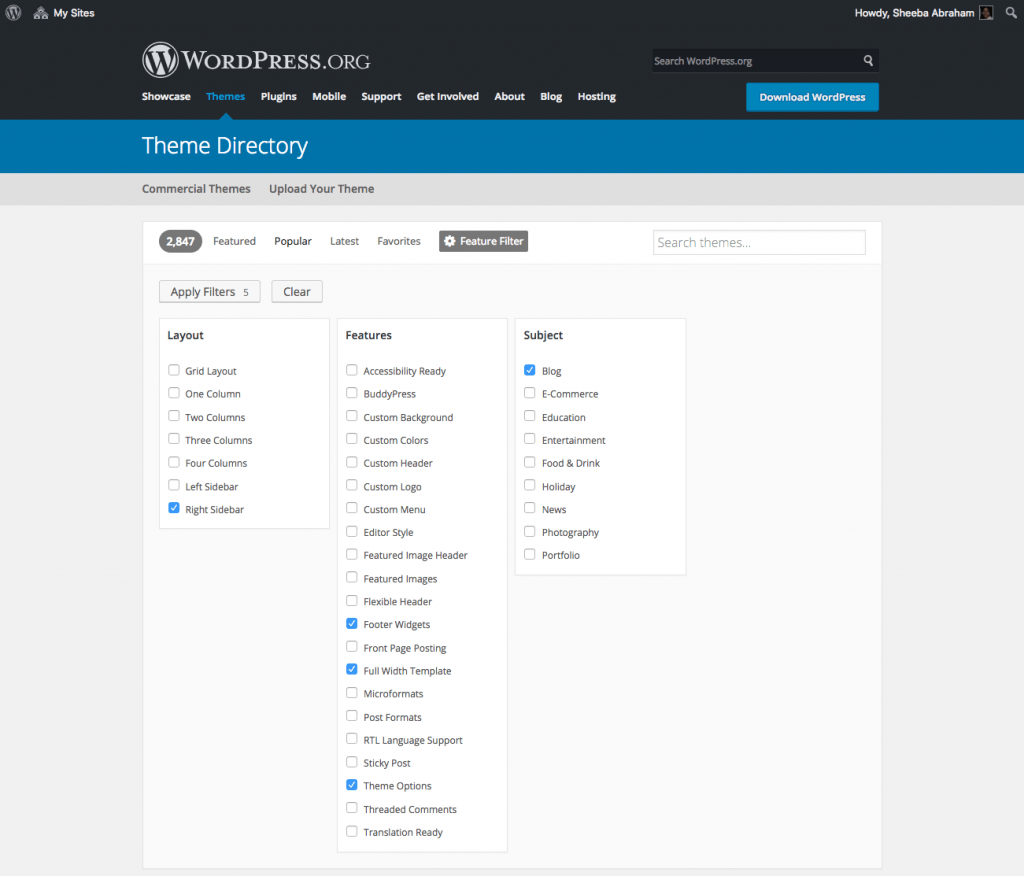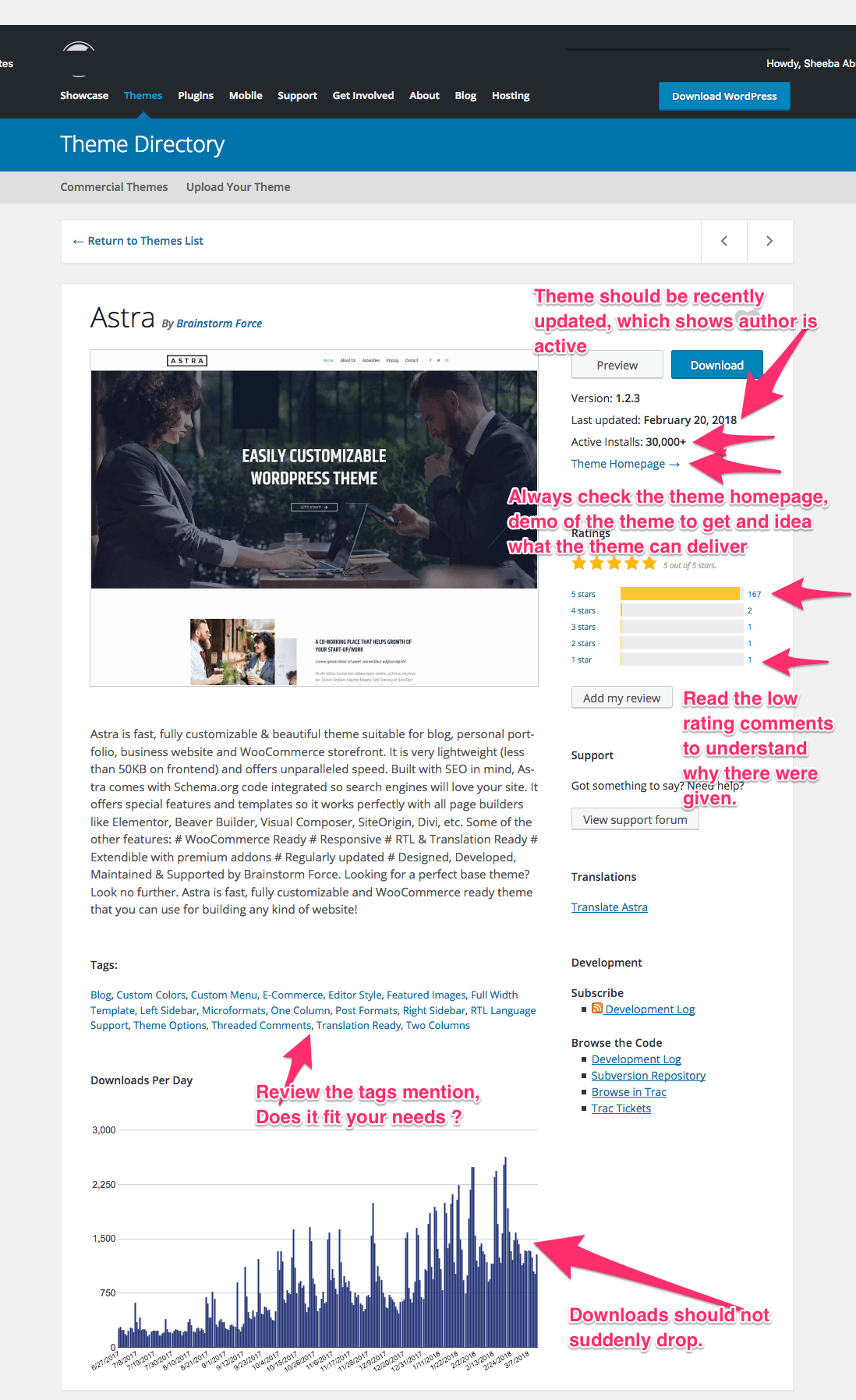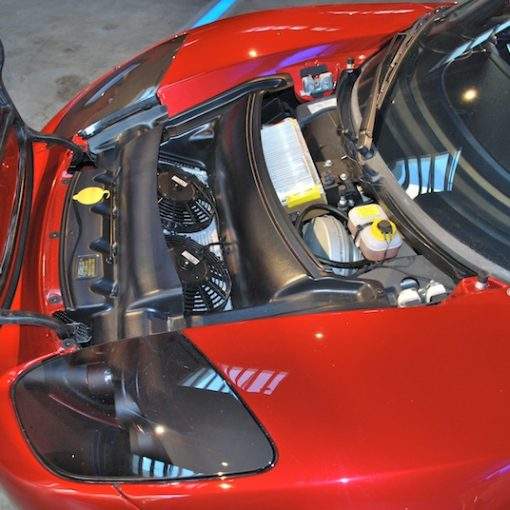Themes are the most important part of a WordPress site. It determines how your site looks and interacts with your visitor. You need to spend quality time evaluating the theme you will be using for your site.
But, Before selecting a theme you need to know the different kind of themes options you have.
1) Custom Themes
A custom WordPress theme has a unique design, layout, and set of features that are made specifically for your business needs. Since this is developed from scratch, it is the best possible option when the client wants their brand stand out.

A typical custom WordPress theme for business or personal website theme could cost between $1,500 – $5,000.
A custom WordPress theme with built-in features cost between $6,000 – $10,000.
A complex project will be above or around $30,000.
Pros of Custom themes
- Brand focused, Unique branding, custom design, and tailor-made functionality will help you grow your business faster and give you an edge over your competitors.
- Light weight, as the developer adds limited features as needed.
- Easier to make changes in future.
Cons of custom themes
- Cost.
- Dependency on the developer for future change request or support.
- Documentation is generally ignored.
2) Premium Themes

Pros of Premium Themes
- Sets the site apart. Because free WordPress themes are so popular, it’s not uncommon for tens of thousands of websites to use the same free one. Premium themes are less common, which set them apart a bit more.
- Better documentation. Most premium themes include a detailed documentation explaining how to get the most out of them. Such documentation is less common with free themes.
- Ongoing support. Paid support is one of the important features you could go for premium themes. Free themes usually just have a public forum for support.
- No attribution links. Many free themes often need a link to appear in the footer crediting the theme’s author.
Cons of Premium Themes
- The price would between $50 to $200.
- Hidden Malware. Some theme author hide malware which get trigger at a later point, creating havoc on your site.
- More configuration. Most premium themes have their own custom administration panel, with a variety of customization settings, which can take a while to learn and set up.
- Bloated features. Premium themes tend to include a lot of bells and whistles, such as multiple slider plugins, a portfolio manager and extra skins. While these do make a theme very versatile, a lot of unwanted features will bloat the theme.
3) Free Themes
The WordPress Theme Directory is the official site for WordPress Themes which is checked and inspected, and are free for downloading. The WordPress Theme review team goes through an extensive theme review checklist to deliver to you a clean working theme.

Pros of Free Themes
- Free
- Code reviewed extensively by group of experts.
- Loads of options to choose from.
Cons of Free Themes
- Limited support options for free themes.
- Limited Features and Functionality.
- Themes have similar design and not so unique.
How to decide if you need free, premium or custom theme ?
A free theme will be perfect while you are on learning phase about how to use the WordPress themes. A professional website might find premium themes are the best option. As they give loads of customization. But it finally depends on the need, if it is for a branding of client business, the custom-built themes are the best option.
How to choose the right themes for your website ?
Spend some time browsing the demo. Does the website feel easy to use? Is there enough white space? What do you think your users will want, does this theme deliver that ? Additionally, be sure to choose a theme that is cross-browser compatible and is built with accessibility in mind.

Keep in mind the below options when deciding the right theme for you.
- Add Filters to the features list, so that the features you want are include and do not need to install a plugin to get the feature.
- Check How Active their Support Forum is – when were the last tickets answered.
- Visit the Theme Homepage
- Browse through the demo site.
- Read though the documentation to get an idea of how complex or easy the setup would be.
- How many widgets does the theme offers, will it fit your needs ?
- Check the different page templates. A full-width page template is a must.
- check if theme is responsive.
- Evaluate if the theme is compatible with your choice of plugins, page builders.

NOTE : If you need to make any changes to the theme you have chosen, do it only on the child theme. Read more on why you need child themes here
References :
Theme Documentation : https://codex.wordpress.org/Themes
Free Theme review Process : https://make.wordpress.org/themes/handbook/review/
The test each free theme needs to pass : https://make.wordpress.org/themes/handbook/review/required/
How to build themes from scratch : https://developer.wordpress.org/themes/
Do’s and Don’t s for WP theme : https://wpengine.com/blog/dos-donts-wordpress-theme/




